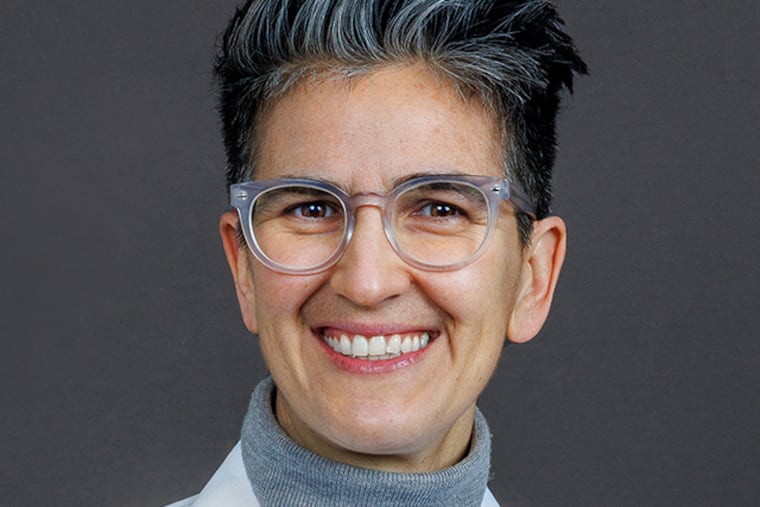We know what works to reduce smoking. Why don’t more physicians offer these treatments? | Expert Opinion
Fewer than half of smokers who visited doctor's offices were given the two key ingredients to help them kick the habit.

In 2022, the majority of the 28.8 million U.S. adults who smoked cigarettes wanted to quit. About half tried to quit, but fewer than 10% were successful. That’s the despairing takeaway from a recent review published by the Centers for Disease Control and Prevention highlighting smoking cessation trends in the U.S.
The 2022 numbers show little progress from the previous data on smoking cessation in 2015. At that time, the same number of smokers wanted to quit, but fewer attempted to stop smoking, and a very small sliver of those who tried at all succeeded. That means in 7 years we have not moved the needle.
This message is nothing new. In 1982, then-Surgeon General C. Everett Koop, who played a major role in sounding the alarm on smoking, told Americans: “Cigarette smoking is clearly identified as the chief preventable cause of death in our society and the most important public health issue of our time.”
Forty years later, despite the obvious harm and stigma surrounding smoking cigarettes, 28.8 million US adults still smoke. Tobacco-related disease continues to be the No. 1 cause of preventable death in the U.S.
We know what works: Evidence shows what kinds of treatment and clinician intervention can increase a person’s odds of quitting. Behavioral counseling helps. Medications such as Varenicline, Bupropion, and nicotine replacement therapy help. Counseling and medication together are more effective than either alone. Yet the CDC review found that “fewer than 40% of adults who smoked used treatment (counseling or medication) when trying to quit; one half received clinician advice or assistance to quit.”
We, as clinicians, must do better.
We can start by asking patients about tobacco use. In 2008, Dr. Michael C. Fiore, chair of the U.S. Department of Health and Human Services Public Health Service Panel, and colleagues published the “Treating Tobacco Use and Dependence Guideline” which gave us an easy-to-remember approach to helping patients through the 5A’s: Ask, Advise, Assess, Assist, and Arrange.
Health-care providers can ask all patients about tobacco use disorder; advise them to quit; assess willingness to quit; assist in quit attempts by prescribing evidence-based pharmacotherapy for smoking cessation and behavioral counseling; and arrange follow up.
If we don’t ask, we will not know who needs help. We need to ask all of our patients. Tobacco use disorder does not discriminate, but health-care providers and the public health sector do by not ensuring equitable access to resources to quit..
Any group that is less likely to engage with the healthcare sector will be less likely to receive these services. This is especially true for transgender adults, according to the U.S. transgender survey, who use tobacco at higher rates than cisgender adults.
Moreover, services to help people quit smoking need to be tailored to demographic differences in the people who use tobacco products. This follows what we have learned from Big Tobacco’s own marketing campaigns, which pitched different advertising messages to adults and youth.
For example, the CDC report found adults who smoke menthol cigarettes had low quit success, “despite a higher quit attempt prevalence” compared to nonmenthol smokers.
This is an unfortunate reality in Black communities, who were long targeted by marketing from the tobacco industry. Previous studies have shown menthol cigarette use is highest among Black smokers (81%) compared to white smokers (34%).
Providers need better options to choose from when it comes to offering resources and counseling to help people quit smoking. They need to be aware of what motivates someone to smoke and how they can be inspired to quit, including which medications are affordable, available, and will work. The same strategies will not work for all people.
Jamie L. Garfield is a pulmonologist at Temple University Hospital.